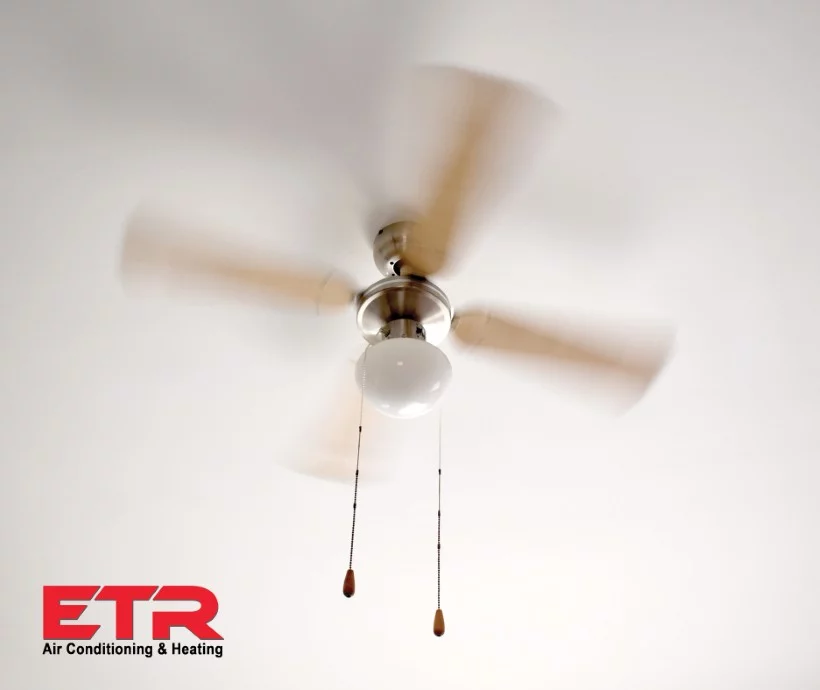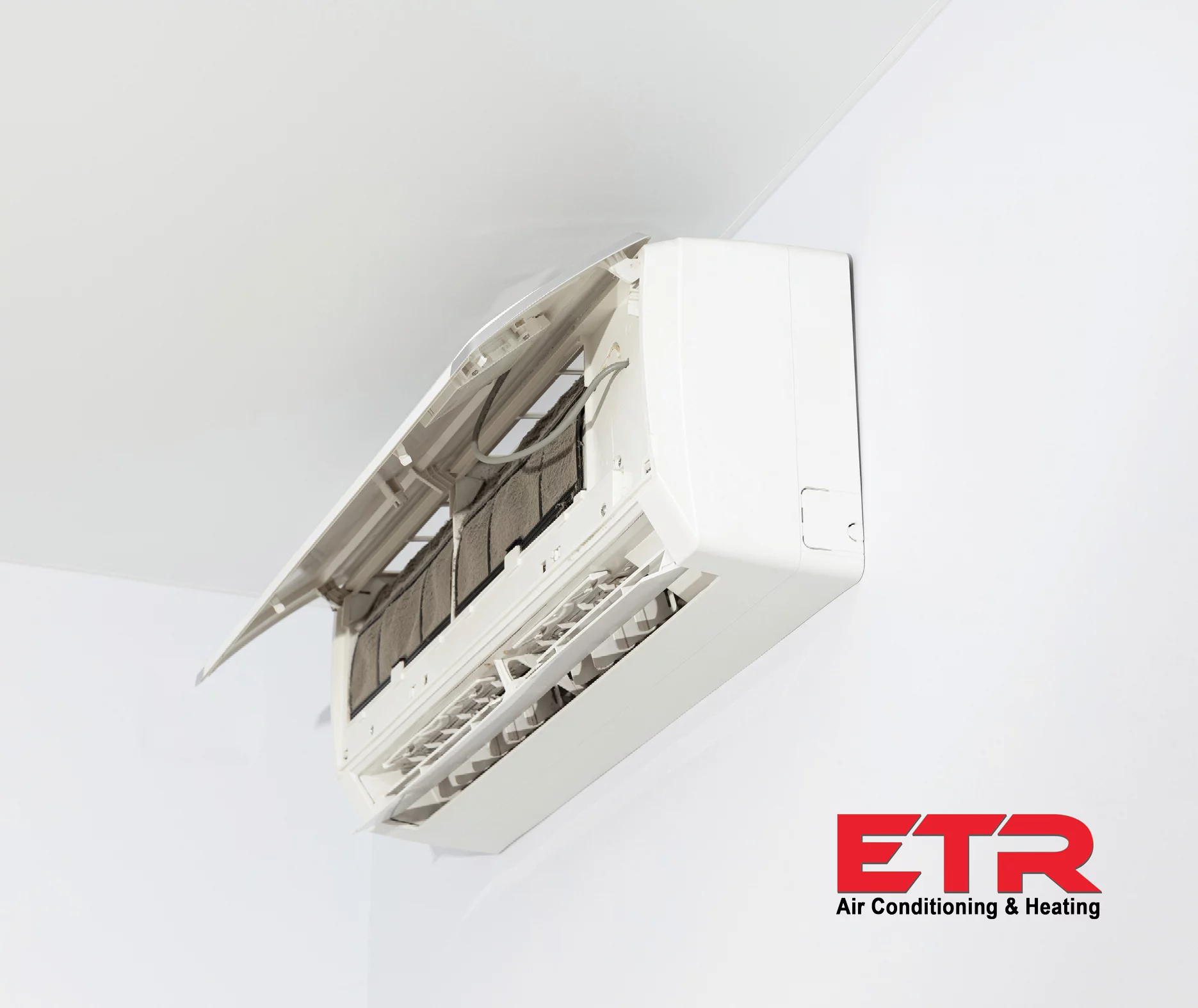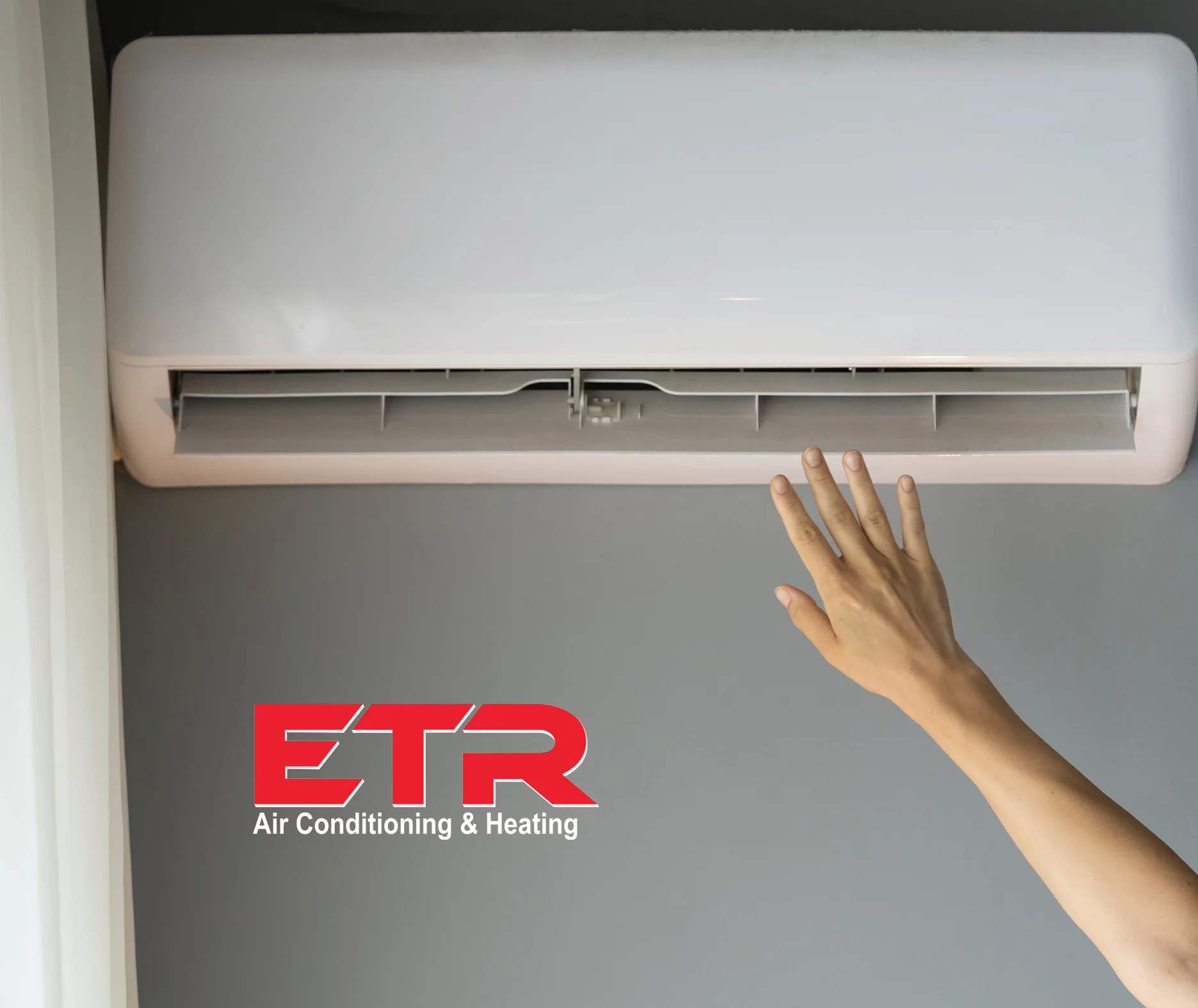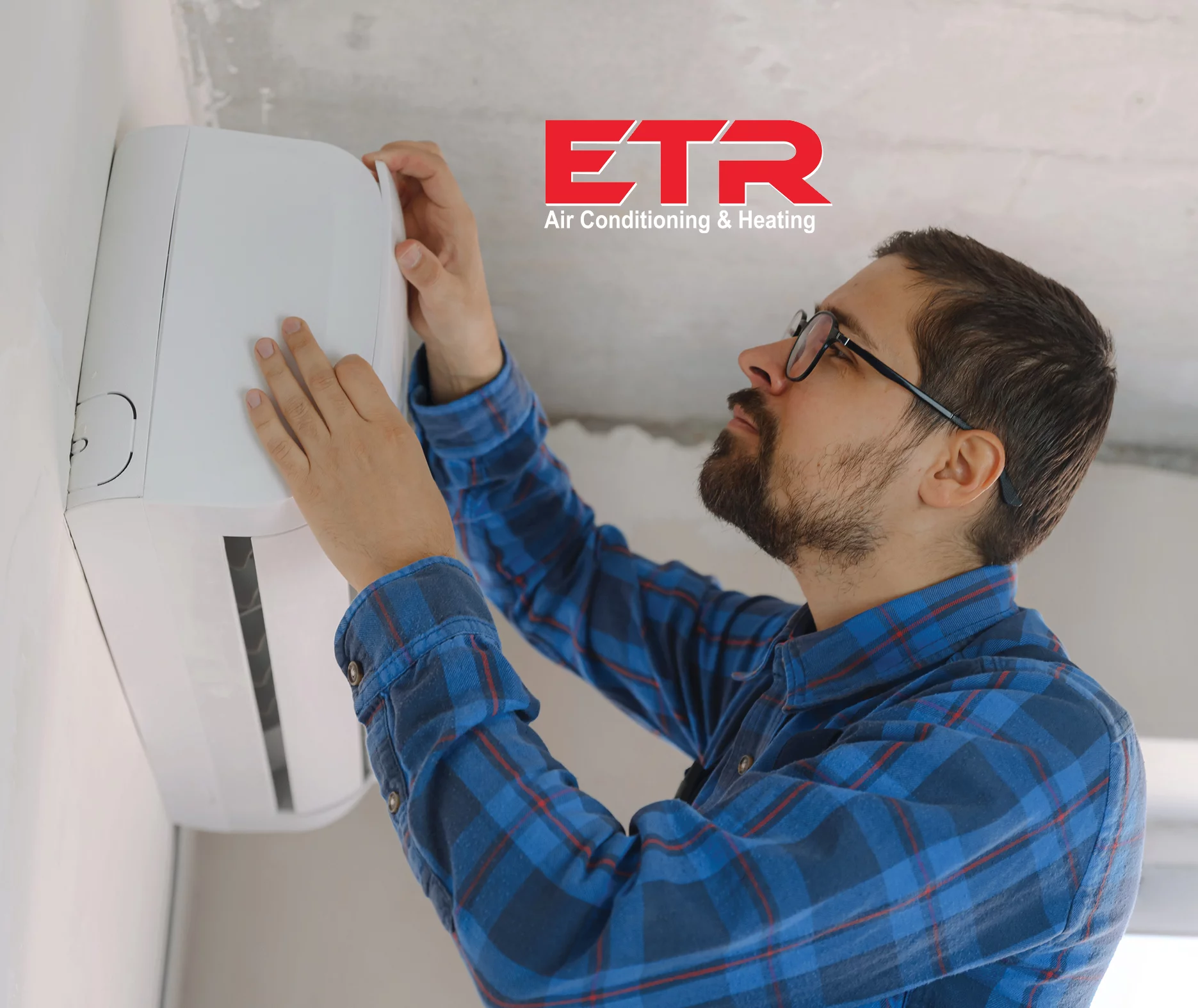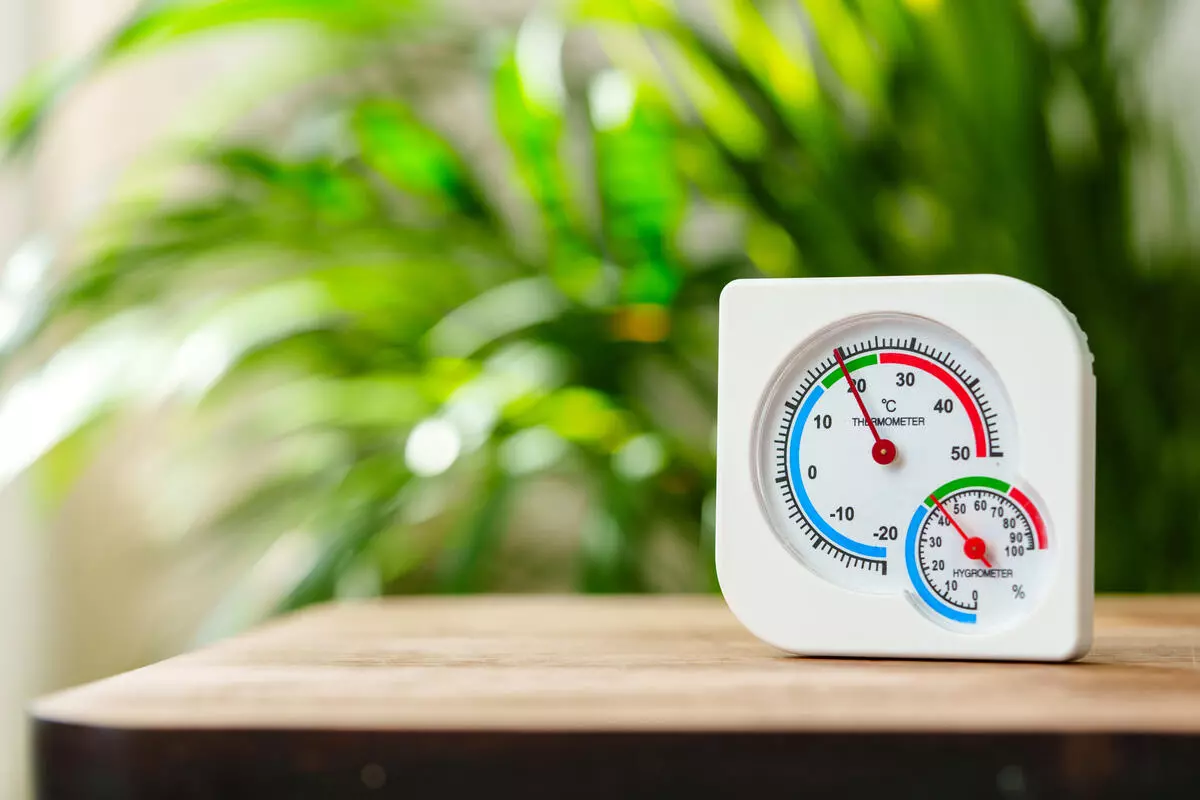
How Humidity Affects Your HVAC System in East Texas
If you’ve spent a summer in East Texas, you know the heat isn’t the only thing dragging you down, it’s the thick, sticky air that hangs around long after sunset. That uncomfortable heaviness inside your home? It’s not just the temperature. It’s moisture. And your HVAC system is working overtime because of it.
Outdoor humidity in East Texas usually starts climbing in late April, rising from dry 20–30% levels to over 90% by mid-July. It stays high through the peak of summer before slowly dropping back into the low 20s by late October. That long stretch of heavy, moisture-rich air puts real strain on your home, and your HVAC system has to fight it every step of the way.
So what does that mean for you, your comfort, and your energy bill? Let’s break it down.
Why Humidity Feels So Different from Heat
Temperature is only part of the story. Humidity changes how air feels, how your body cools itself, and how your HVAC system performs. Even if the thermostat says 72°F, high moisture levels can make the space feel five degrees warmer, and a lot more uncomfortable.
The sweet spot for indoor humidity sits somewhere between 30% and 50%. In East Texas, it’s common for levels to creep past that, especially during the long, muggy summers. When that happens, your air conditioner doesn’t just cool the air; it also tries to squeeze out moisture, often more than it’s built to handle.
What Happens When There’s Too Much Moisture Indoors?
High humidity indoors isn’t just an annoyance. It shows up in ways you’ll feel, smell, and see:
- The air feels stuffy or “wet” even with the AC on
- Energy bills spike, but the house doesn’t feel cooler
- Mold and mildew start creeping in
- Windows sweat from condensation
- Some rooms feel warmer or damper compared to others
It’s a comfort issue, yes, but it can also point to long-term damage if left unchecked.
Can Your AC Handle the Humidity?
Kind of. Your air conditioner naturally removes some moisture as part of the cooling process. But that’s not its primary job and it may not do it efficiently if the unit is outdated, oversized, undersized, or just not well-maintained.
Some newer systems are better equipped to handle moisture, and upgrades like smart thermostats or whole-home dehumidifiers can help take the pressure off your AC. But if your home constantly feels damp, it’s probably time to look beyond just the thermostat setting.
Duct and Vent Sweating
When the air in your home contains a lot of moisture and the metal surfaces of your vents or ducts cool, you can start to see condensation form. This is what’s often called duct sweating or vent sweating, and it’s a common issue in East Texas during those extra humid months.
Why does it happen? Think of a cold drink on a hot day. The same process applies here. When warm, humid air meets the cooler surface of your ductwork or registers, moisture collects and beads up. This can happen in attics, closets, or even on visible vents around your home.
While it might seem minor at first, sweating ducts can lead to bigger problems: water stains on ceilings, mold growth in insulation, and, in extreme cases, structural damage from long-term moisture exposure. It’s also a sign that your home’s humidity is out of balance, and your HVAC system could be struggling to keep up.
Warning Signs You’ve Got a Humidity Problem
Here’s what homeowners often notice first:
- Musty or earthy smells, especially in closed-off rooms
- Moisture beading up on glass or metal surfaces
- Air that feels “clingy” or heavy
- Visible mold spots in corners or bathrooms
- Rooms that cool unevenly
If any of these are happening in your home, moisture is likely out of balance, and your HVAC system might be bearing the brunt of it.
How to Get Moisture Under Control
There’s no one-size-fits-all fix, but here are a few solutions we recommend often:
- Routine HVAC maintenance: A clean, tuned-up system runs more efficiently and manages moisture better.
- Proper sizing: Bigger isn’t always better. An oversized unit may cool the air too quickly without removing enough moisture.
- Whole-home dehumidifiers: These systems work alongside your HVAC to pull excess moisture from the air.
- Smart thermostats: Some models track both temperature and humidity and adjust accordingly.
- Ventilation upgrades: Better airflow can reduce stagnant, damp pockets of air, especially in older homes.
How ETR Helps East Texas Homeowners Breathe Easier
We know the East Texas climate, and we’ve seen how it can wear down even the best HVAC systems. Our team takes a tailored approach to comfort, looking at your home, your system, and your goals.
We offer:
- Equipment upgrades that support better moisture control
- Indoor air quality assessments and recommendations
- Smart thermostat and dehumidifier installations
- Long-term maintenance plans to keep things running smoothly
We’ve been helping local homeowners stay cool and comfortable for over 40 years, and we’re not going anywhere.
FAQs: HVAC + Humidity
What’s a good indoor humidity level?
Aim for 30%–50%. Anything higher can start to cause comfort or air quality issues.
Can humidity really wear down my HVAC system?
Absolutely. The harder your system works to compensate for excess moisture, the faster it ages.
Why is my AC running nonstop, but the house still feels sticky?
Likely because there’s too much moisture in the air. Cooling alone doesn’t always solve the problem.
Can a smart thermostat help?
Yes, especially models with built-in humidity tracking and controls.
Do I need a dehumidifier?
If your home always feels damp or smells musty, it’s a solid investment.
Schedule a Home Humidity Evaluation
If your home feels off, trust your instincts – something’s probably not right. Don’t let humidity run the show. ETR can help you take back control of your indoor comfort.
Get in touch today to schedule a home evaluation. We’ll check your system, measure moisture levels, and lay out your best options. Simple, straightforward, and customized to your home.


